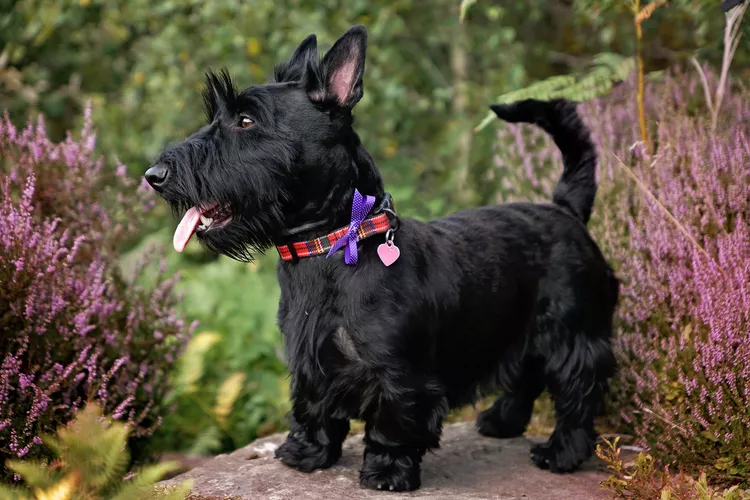
The Scottish terrier is a small dog breed from Scotland that sports a medium-length wiry coat with a trademark beard and longer hair around the legs and lower body. They have a sturdy build and short legs, which serve them well as vermin exterminators. Scotties tend to be spunky, confident, and somewhat independent dogs, though they are quite loyal to their favorite humans.
Read on to learn more about the beloved Scottish terrier, including the breed’s history, care needs, personality, and more.
Group: Terrier
Height: 10 inches
Weight: 18 to 21 pounds (female), 19 to 22 pounds (male)
Coat: Medium-length, wiry double coat
Coat Color: Black, brindle, red brindle, wheaten, black brindle, or silver brindle
Life Span: 12 to 14 years
Temperament: Alert, affectionate, fearless
Hypoallergenic: Yes
Origin: Scotland
Scottish terriers tend to have an alert and spirited temperament. They are watchful with strangers and other perceived threats but are generally loving with their family. Because of their protective nature, they're known for barking when they see strangers or animals near their homes. While they're affectionate towards trusted humans, this is not a cuddly lap dog. High intelligence also helps to shape this breed’s personality, making it sometimes stubborn and strong-willed when it comes to training.
Terriers have been a part of the Scottish Highlands for centuries, working as hunters and farm dogs. These dogs ranged in appearance and were sometimes collectively referred to as Skye terriers after the Scottish Isle of Skye where many lived. The Scottish terrier’s exact origin is unclear, but it’s said to be the oldest of these Highland terriers.
Breeders worked to standardize the different types of terriers from Scotland during the late 1800s. From this, we got not only the Scottie but also the Skye terrier, West Highland white terrier, and cairn terrier.
Scotties arrived in the United States in 1883, and the American Kennel Club first recognized the breed in 1885. Popularity peaked in the 1930s and ‘40s and several public figures, including President Franklin D. Roosevelt, Bette Davis, and Humphrey Bogart, owned Scotties. The Scottie also had the honor of being turned into a Monopoly game-playing piece.
Scottish terriers need a moderate amount of daily exercise, plus sufficient mental stimulation. They respond best to consistent training and socialization. Scotties also require more than just basic grooming.
Despite the breed’s small stature, Scotties should still get at least an hour of daily exercise. A morning and evening walk, plus playtime in between, can help burn their energy. Puzzle toys and dog sports can help to challenge them mentally.
Scotties love to run and chase toys (though they don’t always retrieve them), so it’s ideal to have a securely fenced yard where they can move freely. Avoid letting them off leash outside in unfenced areas as their high prey drive can make them take off after small animals.
Furthermore, the Scottish terrier is not a capable swimmer and can easily drown. Their short legs and disproportionate head size make them unbalanced and ill-equipped for aquatic activities. Watch your Scottie closely around pools, ponds, lakes, or other bodies of water.
A Scottie’s coat doesn’t shed much, but it does grow continuously and requires specialized care. You’ll need to invest in a professional groomer or learn the skills to care for your Scottie’s coat at home. The ideal way to groom a Scottie is to have the coat hand-stripped at least once a month. The other option is to clip the coat roughly every six to eight weeks. The downside to clipping is that it can change the coat’s proper harsh texture as the softer undercoat takes over.
In between grooming sessions, brush the coat at least weekly to remove any tangles and dirt. Give your dog a bath every month or so, depending on how dirty they get. Check the nails every month as well to see whether they need a trim. Look in the ears weekly for wax buildup and irritation and clean them as needed. Routine dental care is crucial—daily tooth brushing is the best way to maintain oral health.
Scotties are smart, but they’re not always willing to learn. Start training and socialization from a young age to prevent bad habits from forming. Keep training sessions short and switch up what you work on, so your dog doesn’t get bored or frustrated.
Always use positive reinforcement, such as treats, praise, or anything that motivates your dog. Scotties are known to understand the tone of a person’s voice, recognizing the difference between a positive and negative reaction. Be clear and consistent during training and communication. Scotties tend to push what they can get away with, so if you ask them to do something ensure they follow through before they get a reward.
Aim to expose your Scottie to different people and other dogs from a young age. This can help to reduce their territorial and vigilant nature around strangers. However, even a well-socialized Scottie might not get along with smaller household pets, including cats, due to the breed’s high prey drive. And some remain standoffish with other dogs.
Scottish terriers are prone to some hereditary health issues, including:
Always provide fresh water for your Scottish terrier. Feed a high-quality, nutritionally balanced canine diet. Always discuss both the amount of food and type of diet with your vet to ensure you’re meeting your dog’s individual needs. It’s best to feed two measured meals per day rather than free-freeding. Be mindful of treats and other extra food to prevent overfeeding and subsequent weight gain.
Scottish terriers are a moderately popular dog breed. So it’s possible to find one at local animal shelters and breed-specific rescue groups, though it might require a waiting period. See whether you can get your name on a breed wait list at your local shelter. If you’re looking for a puppy from a reputable breeder, expect to pay on average $800 to $2,000.
For further information to help you find a Scottish terrier, check out:
The Scottish terrier is a small, energetic dog breed that enjoys an active lifestyle. They're smart but cal also be stubborn and will benefit from proper training and socialization. Be prepared for above-average grooming needs.
Do your research carefully to determine whether the Scottish terrier is the right breed for you. Talk to breed owners, rescue groups, veterinary professionals, and reputable breeders. Try to spend some time around Scotties, too, if possible.
If you’re interested in similar breeds, check out:
There’s a whole world of potential dog breeds out there—with a little research, you can find the right one to bring home!
Scottish terriers are considered somewhat high-maintenance dogs. They shed minimally, but their double coat requires regular grooming to prevent matting and tangles. These active dogs need regular exercise to stay healthy and happy. Training and socialization are crucial for Scottish terriers as they can be independent and stubborn. Scotties thrive on human companionship and are not recommended for families that are away from home most of the day. They make wonderful companions if you have the time and commitment to meet their needs. But if you are looking for a low-maintenance dog, a Scottie might not be the best choice.
Well-trained and socialized Scottish terriers do well in households with respectful older children. However, they're often too feisty and territorial to be gentle and patient enough with young children.
Scottish terriers are typically not aggressive, especially if they've had proper training and socialization. However, they can become territorial, especially around other dogs. They're fearless enough to defend themselves as they see fit.
Thanks to their small size, Scottish terriers can do well in an apartment as long as they get out for enough exercise every day. Just be aware that their watchdog tendencies might cause them to bark at unfamiliar people they see around the apartment, which could disturb neighbors.

Exploring the Different Types of Pet-Friendly Beaches
Are you looking for pet-friendly beaches? Learn about the different types of pet-friendly beaches, their locations, and tips for visiting them with your pet.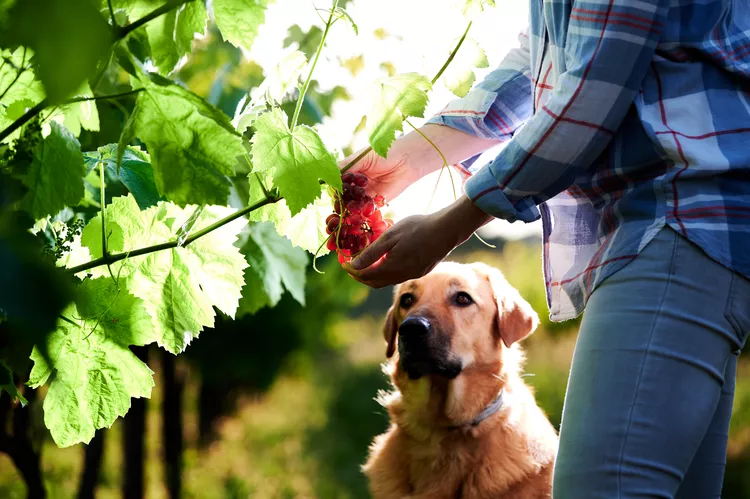
Exploring Pet-Friendly Wineries: Types, Locations, and More
Discover the different types of pet-friendly wineries, where to find them, and what to expect when you visit. Learn more with The Spruce Pets.
Why Is My Dog’s Eye Swollen?
If your dog's eye is swollen, she may need veterinary attention. The inflammation could be caused by allergies, an injury, or even a tumor.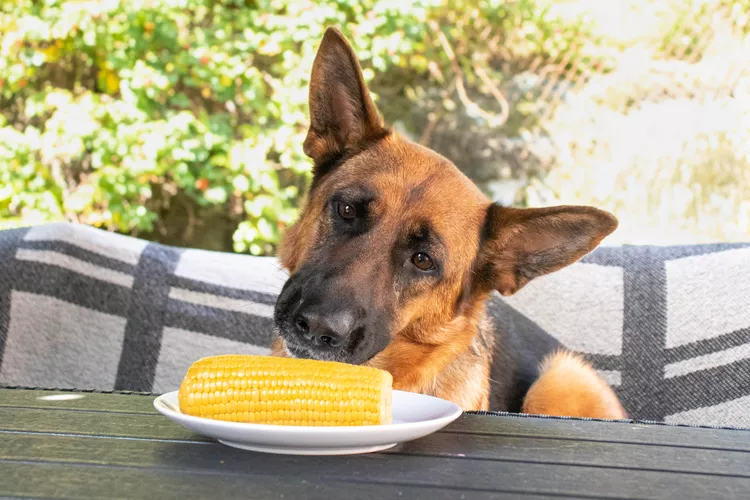
Can Dogs Eat Corn on the Cob?
Dogs love chewing on corn cobs, but this can cause serious harm. Learn about the dangers of corn cobs and find out what to do if your dog eats one.
Can Dogs Eat Papaya? What to Know About Sharing This Tropical Fruit With Your Pup
Papaya is safe for dogs in moderation, and it can even provide some nutritional value for them. However, too much can cause digestive upset, and it's not suitable to share with dogs with certain health conditions.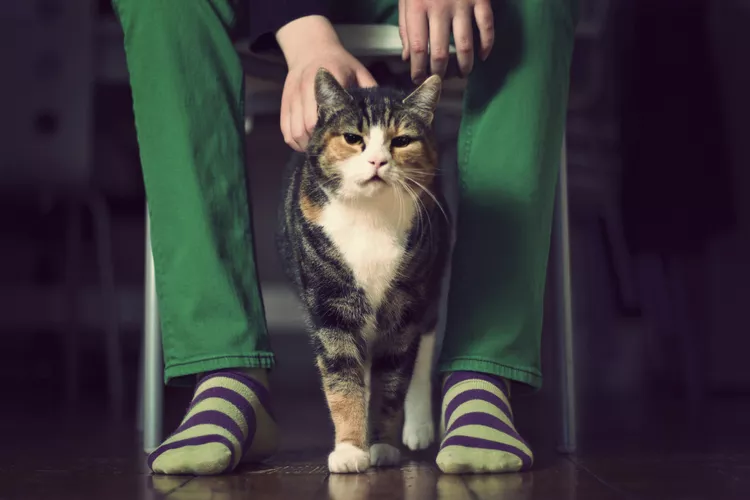
65 Irish Cat Names
Irish cat names can pay homage to historical places, local cuisine, famous Irish actors and musicians, or other wonderful aspects of the Emerald Isle.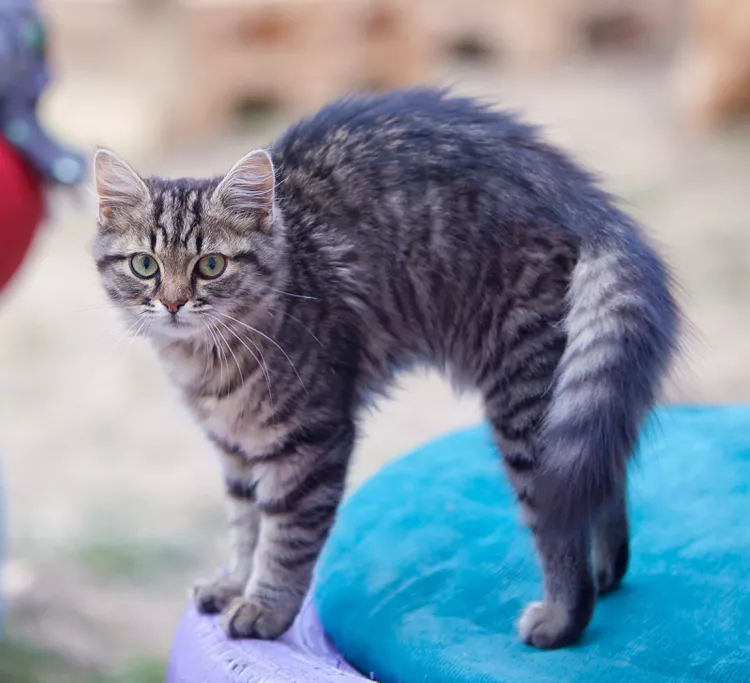
Feline Hyperesthesia Syndrome (FHS) in Cats
Rippling skin is more than dermal sensitivity in cats. It can be a sign of Feline Hyperesthesia Syndrome. Learn the causes, treatment, and prevention.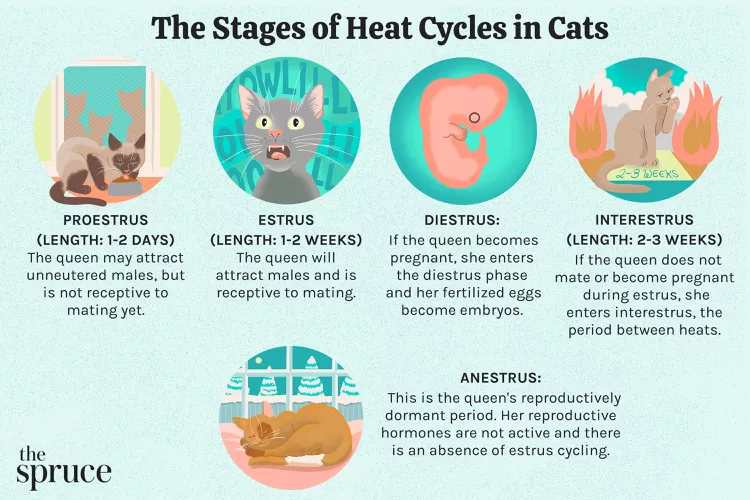
How Long Are Cats in Heat?
How long are cats in heat? Learn about the heat cycles of cats, also called estrus, as well as the reasons you should spay your cat.
Can Dogs Eat Raw Chicken Feet?
What are the potential health benefits of chicken feet for dogs? What are the risks?
Is Eucalyptus Safe for Cats?
Many products containing eucalyptus are not safe for cats, and it is important to be aware of the risks to your cat.
What You Need to Know About Homemade Cat Food
If you want to cook for your cat, make sure to read about the risks associated with homemade diets for cats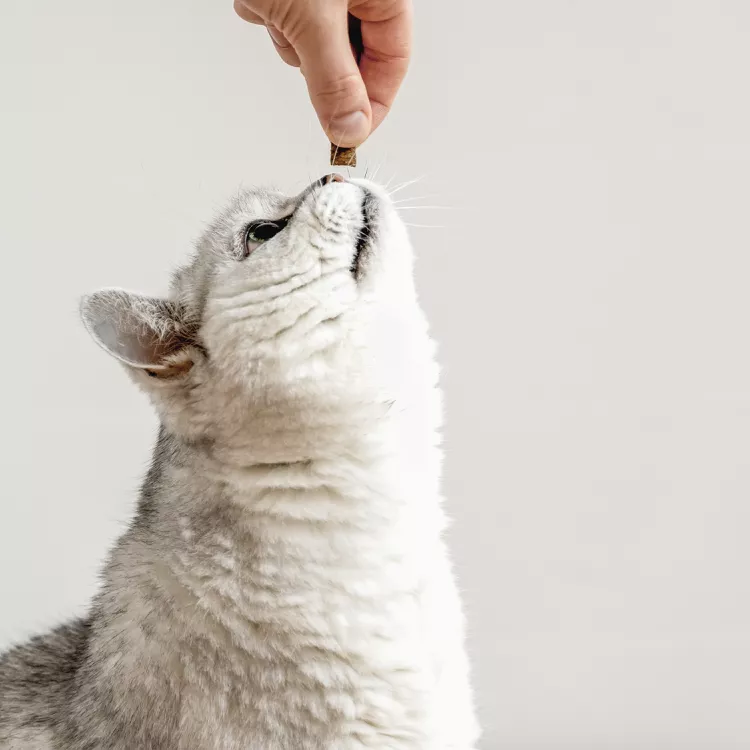
Can Cats Eat Peanut Butter?
Peanut butter is not toxic to cats, but it might not be the best choice of treat for them.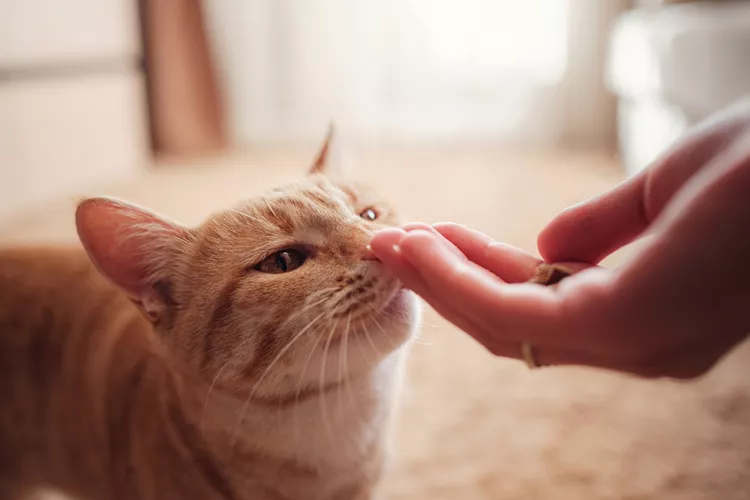
Can Cats Eat Cheese?
Can cats eat cheese? Is it healthy for them? How much can they eat and what should you do if you fear your cat has eaten too much cheese?
8 Flat-Faced Cats with the Cutest Smooshed Faces
These flat-faced cat breeds have a distinct and adorable appearance. Learn about their origins and traits, and the potential health risks tied to their unique facial structures.
Pictures and Facts About Bengal Cats and Kittens
Bengal cats are a cross between wild cats and domestic cats. Learn more about what they look like and pictures of this beautiful spotted breed.
Top 10 Big House Cats
Larger cat breeds, like Maine coons and savannahs, deserve just as much love as their petite counterparts. These big house cats tip the scales.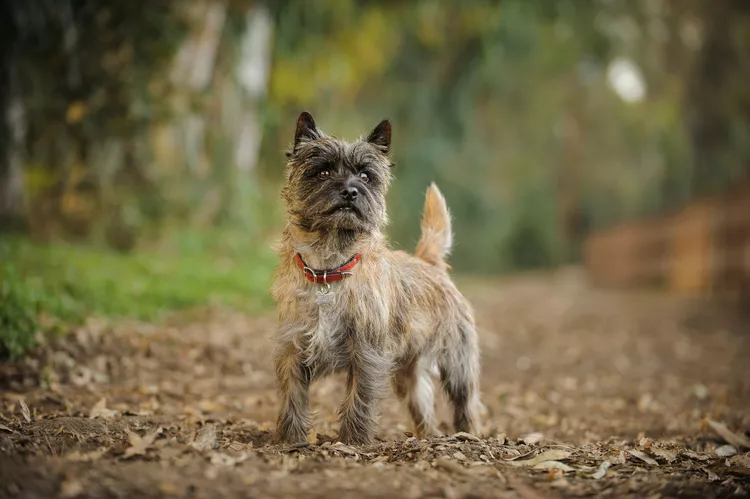
Cairn Terrier: Dog Breed Characteristics & Care
The cairn terrier is a spunky, affectionate, and intelligent dog from Scotland. The breed became famous when one played Toto in The Wizard of Oz. Learn about the temperament, history, health, and care needs of the cairn terrier dog breed.
Reasons Why Dogs Grind Their Teeth
Some dogs grind their teeth. Learn why dogs grind their teeth and if it can be harmful. Find out what to do about teeth grinding in dogs.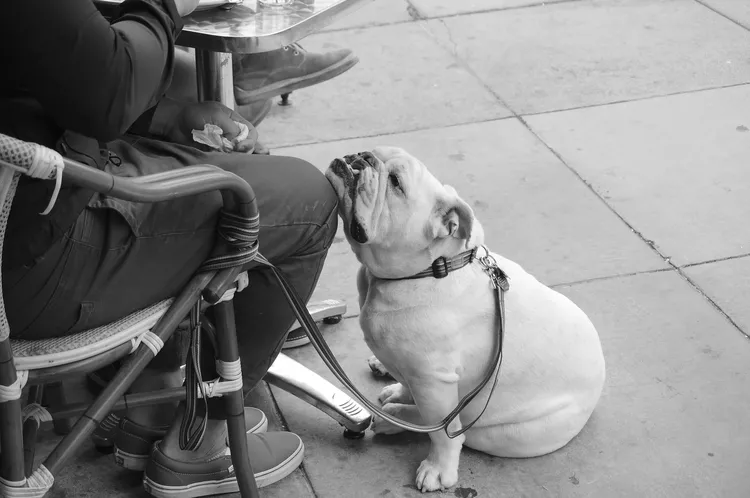
This Is Why Some Dogs Lean on People
Certain dogs really love leaning on their humans. What does this mean? Find out why dogs lean on people and if this is ever a problem.
Can Dogs Get Depression? How to Help Your Sad Dog
Can dogs get depression? Learn about the signs of depression in dogs and find out how to help your sad dog.